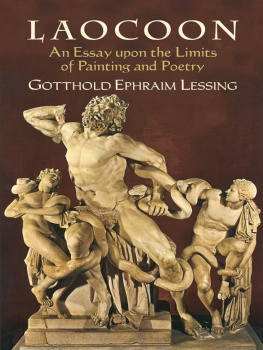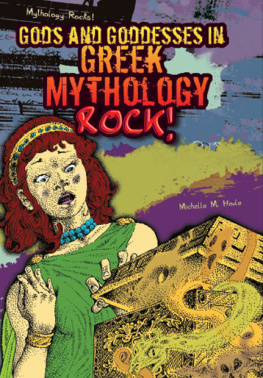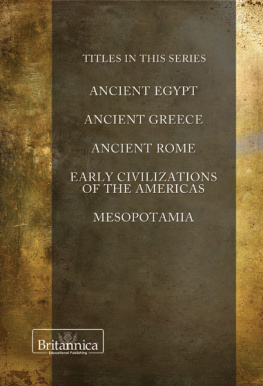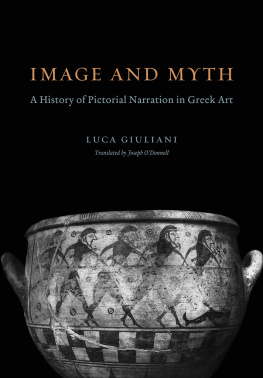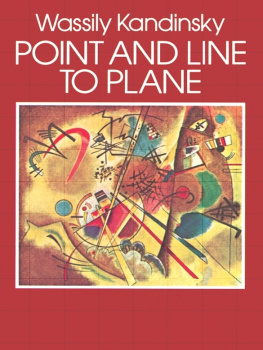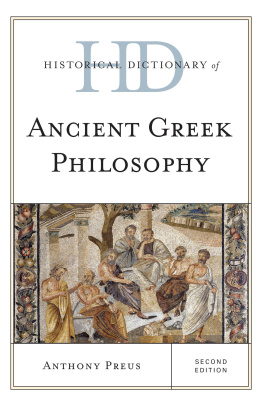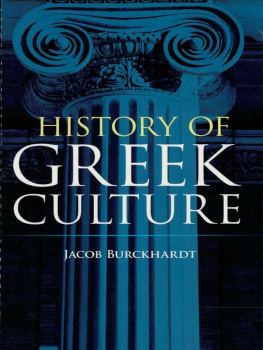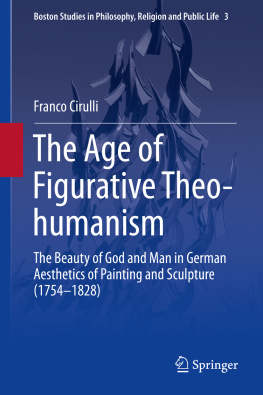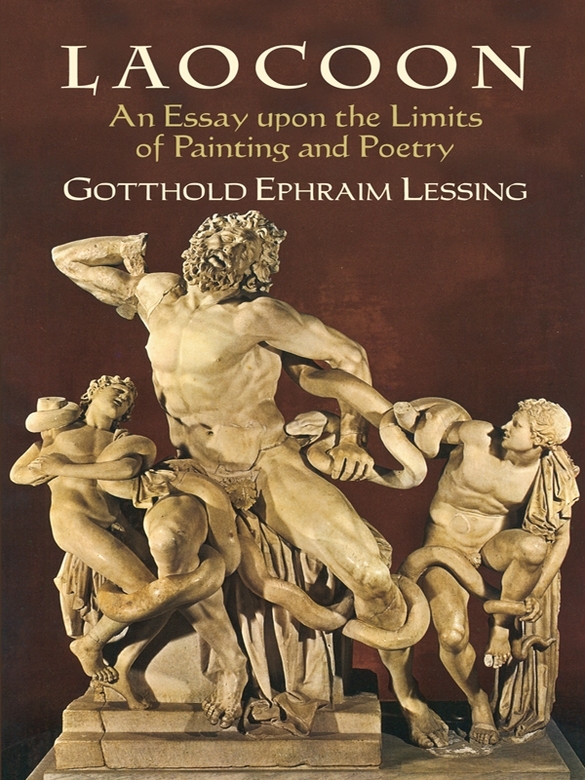NOTES TO THE LAOCOON.
NOTE 1, p. 8.
ANTIOCHUS (Anthol. lib. ii. cap. 4). Hardouin, in his commentary on Pliny (lib. xxxv. sect. 36), attributes this epigram to a certain Piso. But among all the Greek epigrammatists there is none of this name.
NOTE 2, p. 9.
FOR this reason Aristotle commanded that his pictures should not be shown to young persons, in order that their imagination might be kept as free as possible from all disagreeable images. (Polit. lib. viii. cap. 5, p. 526, edit. Conring.) Boden, indeed, would read Pausanias in this passage instead of Pauson, because that artist is known to have painted lewd figures (de Umbra poetica comment. 1, p. xiii). As if we needed a philosophic law-giver to teach us the necessity of keeping from youth such incentives to wantonness! A comparison of this with the well-known passage in the Art of Poesy would have led him to withhold his conjecture. There are commentators, as Khn on lian (Var. Hist. lib. iv. cap. 3), who suppose the difference mentioned by Aristotle as existing between Polygnotus, Dionysius, and Pauson to consist in this : that Polygnotus painted gods and heroes; Dionysius, men; and Pauson, animals. They all painted human figures; and the fact that Pauson once painted a horse, does not prove him to have been a painter of animals as Boden supposes him to have been. Their rank was determined by the degree of beauty they gave their human figures ; and the reason that Dionysius could paint nothing but men, and was therefore called pre-eminently the anthropographist, was that he copied too slavishly, and could not rise into the domain of the ideal beneath which it would have been blasphemy to represent gods and heroes.
NOTE 3, p. II.
THE serpent has been erroneously regarded as the peculiar symbol of a god of medicine. But Justin Martyr expressly says (Apolog. ii. p. 55, edit. Sylburgh), 





 ,
, 







 ; and a number of monuments might be mentioned where the serpent accompanies deities having no connection with health.
; and a number of monuments might be mentioned where the serpent accompanies deities having no connection with health.
NOTE 4, p. 12.
LOOK through all the works of art mentioned by Pliny, Pausanias, and the rest, examine all the remaining statues, bas-reliefs, and pictures of the ancients, and nowhere will you find a fury. I except figures that are rather symbolical than belonging to art, such as those generally represented on coins. Yet Spence, since he insisted on having furies, would have done better to borrow them from coins than introduce them by an ingenious conceit into a work where they certainly do not exist. (Seguini Numis. p. 178. Spanheim. de Prst. Numism. Dissert. xiii. p. 639. Les Csars de Julien, par Spanheim, p. 48. In his Polymetis he says (dial. xvi.) : Though furies are very uncommon in the works of the ancient artists, yet there is one subject in which they are generally introduced by them. I mean the death of Meleager, in the relievos of which they are often represented as encouraging or urging Altha to burn the fatal brand on which the life of her only son depended. Even a womans resentment, you see, could not go so far without a little help from the devil. In a copy of one of these relievos, published in the Admiranda, there are two women standing by the altar with Altha, who are probably meant for furies in the original, (for who but furies would assist at such a sacrifice?) though the copy scarce represents them horrid enough for that character. But what is most to be observed in that piece is the round disc beneath the centre of it, with the evident head of a fury upon it. This might be what Altha addressed her prayers to whenever she wished ill to her neighbors, or whenever she was going to do any very evil action. Ovid introduces her as invoking the furies on this occasion in particular, and makes her give more than one reason for her doing so. (Metamorph. viii. 479.)
In this way we might make every thing out of any thing. Who but furies, asks Spence, would have assisted at such a sacrifice ? I answer, the maid-servants of Altha, who had to kindle and feed the fire. Ovid says (Metamorph. viii.) :
Protulit hunc (stipitem) genetrix, tdasque in fragmina poni
Imperat, et positis inimicos admovet ignes.
The mother brought the brand and commands torches to be placed upon the pieces, and applies hostile flame to the pile.
Both figures have actually in their hands these tdas, long pieces of pine, such as the ancients used for torches, and one, as her attitude shows, has just broken such a piece. As little do I recognize a fury upon the disc towards the middle of the work. It is a face expressive of violent pain,doubtless the head of Meleager himself (Metamorph. viii. 515).
Inscius atque absens flamma Meleagros in illa
Uritur ; et ccis torreri viscera sentit
Ignibus ; et magnos superat virtute dolores.
Meleager, absent and unconscious, is consumed in that fire, and feels his bowels parched with the unseen flames; yet with courage he subdues the dreadful pains.
The artist used this as an introduction to the next incident of the same story,the death of Meleager. What Spence makes furies, Montfaucon took to be fates, with the exception of the head upon the disc, which he also calls a fury. Bellori leaves it undecided whether they are fates or furies. An or which sufficiently proves that they are neither the one nor the other. Montfaucons further interpretation should have been clearer. The female figure resting on her elbows by the bed, he should have called Cassandra, not Atalanta. Atalanta is the one sitting in a grieving attitude with her back towards the bed. The artist has very wisely turned her away from the family, as being only the beloved, not the wife, of Meleager, and because her distress at a calamity of which she had been the innocent cause must have exasperated his family.
NOTE 5, p. 14.
HE thus describes the degrees of sadness actually expressed by Timanthes: Calchantem tristem, mstum Ulyssem, cla-mantem Ajacem, lamentantem Menelaum. Ajax screaming would have been extremely ugly, and since neither Cicero nor Quintilian, when speaking of this picture, so describe him, I shall venture with the less hesitation to consider this an addition with which Valerius has enriched the canvas from his own invention.

